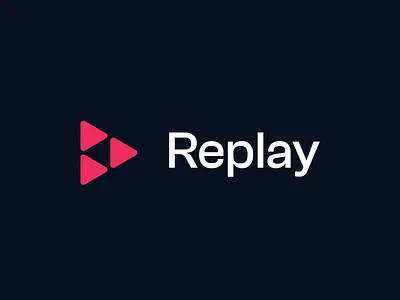
August 05, 2025
Replay.io: Enhancing Debugging with Session Recording and Replay
Replay.io: Enhancing Debugging with Session Recording and Replay
Hi developers have you ever wished you could rewind your app and see exactly what went wrong with it? With Replay.io, you can make that wish come true. It records every user action, network request, and DOM change in your web app, like a DVR. This lets you replay sessions and spot problems.
What is Replay.io?
For online applications, Replay.io provides a way to rewind app activity. It stores everything like; user actions, network requests, console logs, and more, so you can replay sessions and debug errors as if they were occurring today. This thorough recording helps you understand an app, speeding up and improving its debugging process in case a glitch occurs.
Setting Up Replay.io
The process of adding Replay.io to your app is simple. To get started, follow these steps:
Step 1: Install the Replay.io SDK
First, install the Replay.io SDK using npm:
npm install @replayio/replay
Step 2: Initialize Replay.io in Your Application
Next, import and initialize Replay.io in your application's entry point:
import { record } from '@replayio/replay';
record({
apiKey: 'your-api-key-here',
});Replace 'your-api-key-here' with your actual Replay.io API key.
Recording and Analyzing a Session
Add Replay.io to your app project and recording sessions will start immediately. Once Replay.io is setup just follow these steps and you'll be able to debug glitches in your app:
Step 1: Perform Actions in Your Application
I would suggest you to test your app like a real person would use such as clicking buttons, fill out forms, toggle between different screens, etc. Replay.io will keep track of all of these activities.
Step 2: Access the Replay
Go to the Replay.io dashboard once your session ends. A list of recorded lessons will show up, you just have to pick one session and watch it. So simple.
Step 3: Analyze the Session
Here's how you can analyze the session with Replay.io viewer:
- First; play, stop, and move around in the session timeline.
- Second; review the DOM at any moment.
- Third; review network requests and responses.
- Fourth and last; you can review console logs and JavaScript activity failures.
Advanced Debugging with Replay.io
Replay.io includes additional advanced debugging tools, let's see them:
- Inspecting Network Requests: You may see all session network call headers, payloads, and replies. This is a great way to find API problems or mistakes in the system.
- Reviewing Console Logs: The browser logs, warnings, and failures by Replay.io identifies the issue with your JavaScript activity.
- Examining the DOM: Now comes DOM examining, you can whenever do it to see how your application's UI working. This helps you figure out what is wrong with visuals or strange UI behavior.
Real-World Example: Debugging a Form Submission Error
Suppose a user reports a problem while submitting a form in your app, but you can not recreate it.
By using Replay.io:
- Find the user's session in Replay.io: dashboard.
- Replay the session to monitor user behavior.
- Pause at form submission to review DOM and network requests.
- Identify console problems or API response issues.
Conclusion
So this review of Replay.io ends here. Let's have a little recap. You'll get complete, interactive user session recordings by Replay.io that would help you redefine debugging. You can find and fix bugs faster when you use Replay.io during the creation process. This makes apps more reliable and users happy.
972 views
